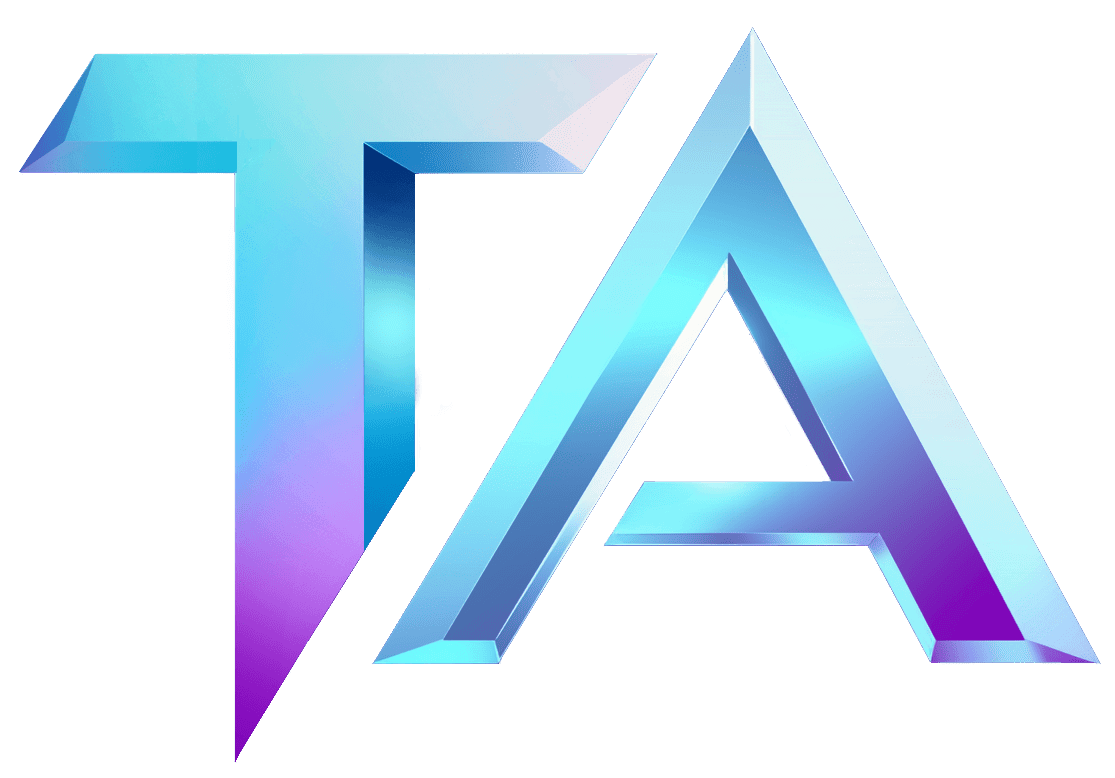Mastering ARIMA for Star Atlas Insights | Titan Analytics

Mastering ARIMA for Star Atlas Insights | Titan Analytics
In the ever-evolving universe of Star Atlas, data-driven insights are crucial for players and investors alike. One powerful statistical tool for forecasting and analyzing trends is the ARIMA model, which stands for AutoRegressive Integrated Moving Average. Let’s break down how this method can be applied to enhance your Star Atlas experience.
What is ARIMA?
ARIMA is a sophisticated algorithm used in time series forecasting. It combines three key components:
-
AutoRegressive (AR): This part uses the relationship between an observation and a number of lagged observations (previous data points).
-
Integrated (I): This component deals with non-stationary data by differencing it, which helps in stabilizing the mean of the time series.
-
Moving Average (MA): This part models the error of the observations as a combination of previous error terms, allowing for adjustments based on past forecast errors.
Why Use ARIMA in Star Atlas?
Star Atlas is a dynamic environment where player behavior, market trends, and resource availability change rapidly. Here’s why ARIMA is an excellent choice for this game:
-
Predictive Power: With ARIMA, you can analyze historical data to make informed predictions about future game dynamics—including trends in player engagement, resource acquisition, and in-game economy fluctuations.
-
Understanding Trends: By identifying patterns in the data, ARIMA helps you understand how different game elements interact over time, enabling better strategic decisions.
How to Implement ARIMA for Star Atlas
-
Data Collection: Start by gathering historical data from Star Atlas, such as player counts, resource prices, and transaction volumes. The more comprehensive your data, the more accurate your model will be.
-
Data Preprocessing: Clean your data by handling missing values and addressing any outliers. It’s also essential to ensure that the data is in a stationary format, which may require differencing.
-
Model Selection: Determine the optimal parameters for your ARIMA model, often represented as ARIMA(p, d, q), where:
- p is the number of lag observations (AutoRegressive).
- d is the number of times the data is differenced (Integrated).
- q is the size of the moving average window (Moving Average).
-
Model Training: Using statistical software like Python’s statsmodels library, train your ARIMA model on the prepared dataset. Make sure to split your data into training and testing sets for validation.
-
Forecasting: Once your model is trained, use it to make predictions about future trends in Star Atlas. You can track player engagement, predict market movements, and adjust your strategies accordingly.
-
Performance Evaluation: After running your forecasts, analyze the accuracy using metrics like Mean Absolute Error (MAE) or Root Mean Square Error (RMSE). This step is vital for refining your ARIMA model and increasing its predictive reliability.
Conclusion
Mastering ARIMA can provide you with a significant edge in navigating the complexities of Star Atlas. By leveraging this powerful tool, you can transform historical data into actionable insights, enhancing both gameplay and investment decisions.
To dive deeper into your Star Atlas journey with tailored data modules, visit Titan Analytics Star Atlas data modules. If you have any questions or need further assistance, feel free to reach out to us at Titan Analytics Contact. Happy exploring!




